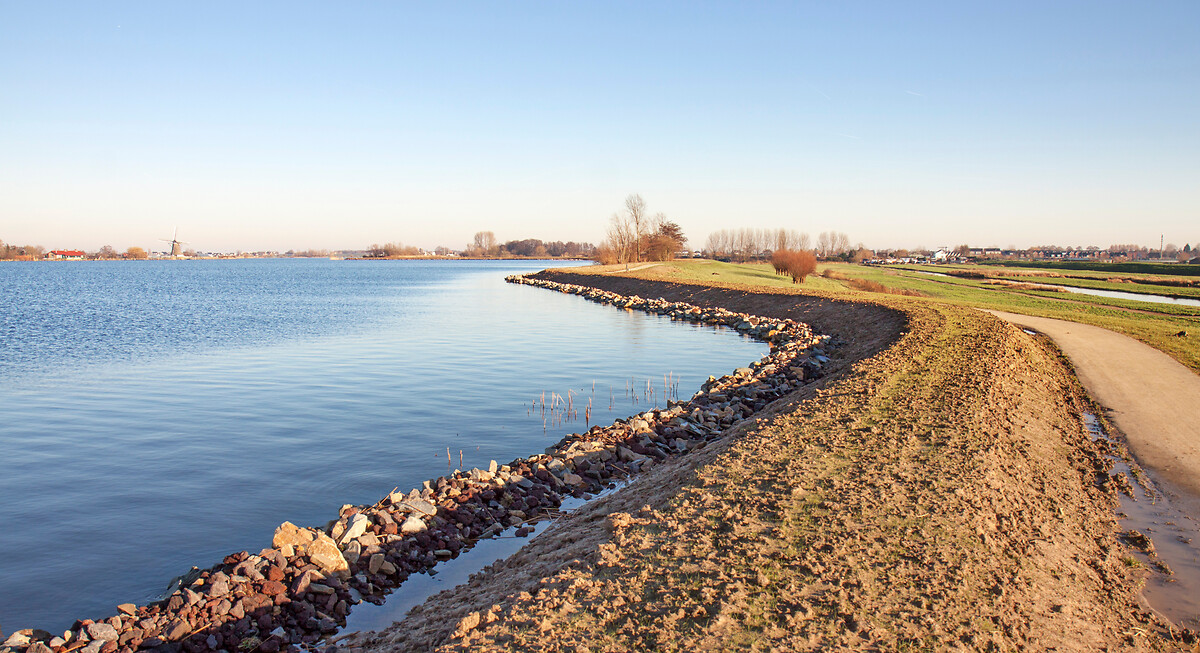> Tags: Planning, Stakeholder engagement, Subnational
> Theme: Climate change
> Country: Canada
> Last updated: 04 June 2020
Download PDFPolicy in practice
Truro, a small agricultural town in Nova Scotia, Canada, already experiences frequent severe flooding that will be exacerbated as sea-level rise continues. Raising sea walls was only modelled as effective at its most costly: when constructed as high as locally necessary (6 metres high in some areas, with commensurate design challenges given the footing width of such a dike), and when accompanied by specialised pumping (30% of priority areas protected for CAD 300 million).
An alternative solution was to realign part of an existing dike and allow privately-owned agricultural land to flood. As part of this process, a group of directly affected landowners was engaged in difficult conversations with a range of government representatives and researchers. The project proponents listened meaningfully and made adaptations to their plan, including dike placement and adding monitoring for mosquitoes.
The result of this ongoing engagement was the first time affected residents in Nova Scotia voted for managed retreat: in effect, sacrificing private land for ecosystem purposes.
Key policy message
Policy makers should engage stakeholders in the early stages of decision-making and throughout the entire decision‑making process to enhance overall resilience in coastal areas, while supporting community ownership and buy-in.



